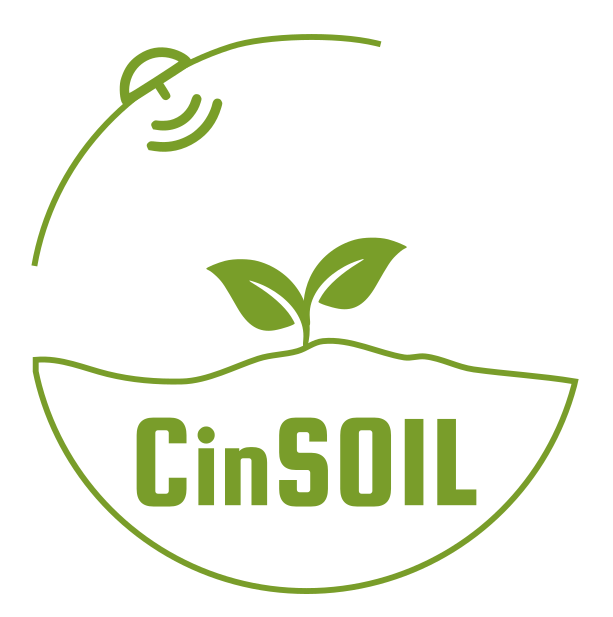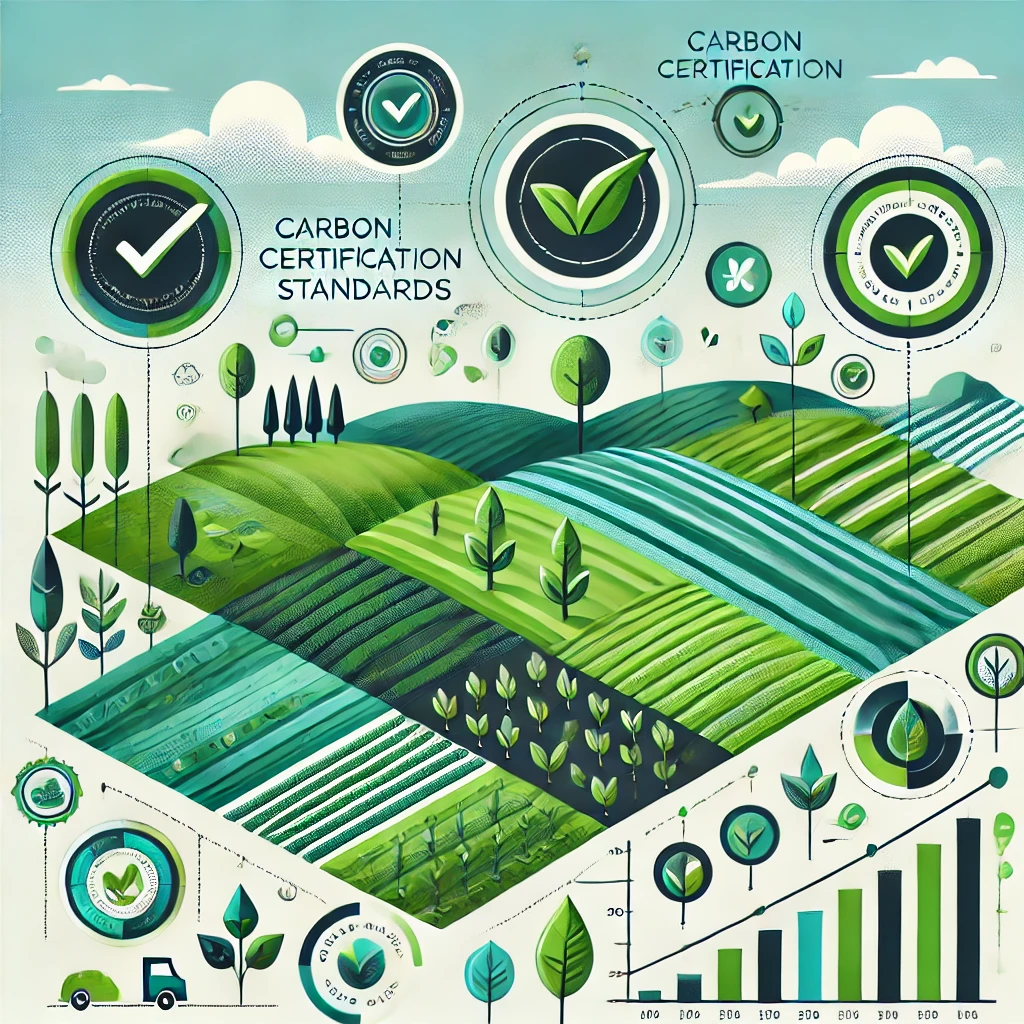The carbon credit market for agricultural projects has seen significant development in recent years, with various certification bodies establishing and refining their methodologies. This evolution reflects the growing importance of agricultural land management in climate change mitigation efforts. Among the certification bodies, Verra maintains one of the most widely recognized programs globally through their Verified Carbon Standard (VCS). The Gold Standard, established by WWF and other international NGOs, offers methodologies that prioritize not only carbon benefits but also sustainable development goals. Plan Vivo, on the other hand, specializes in working with smallholder farmers and community projects, providing standards that are particularly suited for agroforestry and sustainable land management in developing countries.

Several common themes emerge across carbon certification standards: increased focus on precision, and a growing interest to demonstrate a wider range of environmental co-benefits, such as biodiversity protection and soil health improvement.
On September 11th, Verra has published an updated version of the Verified Carbon Standard (VCS) methodology named “VM0042 Methodology for Improved Agricultural Land Management (ALM)”. The VM0042 methodology evaluates how enhanced agricultural land management (ALM) practices contribute to lowering greenhouse gas (GHG) emissions and increasing the capture of soil organic carbon (SOC). These practices involve various techniques such as minimizing soil disturbance, optimizing fertilizer use, managing crop residues and water more effectively, incorporating cover and cash crops, refining harvest methods, and promoting sustainable grazing systems. Version 2.1 introduces several key changes:
- Refined definitions for project design and sampling.
- New mitigation outcome labels for Verified Carbon Units (VCUs).
- Enhanced clarity in equations and parameters for emissions calculations.
- Improved guidance on soil sampling and analysis.
Several common themes are emerging across carbon certification standards. There is an increased focus on precision, with standards moving toward more rigorous measurement and verification requirements. This often involves the incorporation of new technologies like remote sensing and digital MRV (Monitoring, Reporting, and Verification) systems. Additionally, there is a growing push for standardization across different certification bodies, which can make it easier for projects to understand and comply with the requirements. Beyond just focusing on carbon sequestration, most standards now require projects to demonstrate a wider range of environmental co-benefits, such as biodiversity protection and soil health improvement.
The agricultural carbon certification landscape continues to face several ongoing challenges. Accurately quantifying soil carbon changes remains technically challenging and expensive, making measurement accuracy a persistent issue. Ensuring the long-term storage of carbon in agricultural soils also requires ongoing monitoring and verification to maintain permanence. Determining whether carbon-friendly practices would have been implemented without the incentive of carbon credits remains a complex problem of additionality.
Looking ahead, the carbon certification landscape is expected to continue evolving. Increased digital integration, with greater use of technologies for monitoring and verification, is on the horizon. There is also a drive towards methodology harmonization, aiming for greater alignment between different certification standards. Finally, the development of more accessible methodologies for smaller-scale projects could help expand the reach of agricultural carbon certification. At CinSOIL, we are at the forefront of developing cutting-edge deeptech solutions to address the challenge of accurate soil carbon monitoring and improvement of ecosystem benefits, which remains a key hurdle for the industry. As certification standards continue to evolve, these advancements will be crucial in helping agricultural projects meet the stringent measurement and verification requirements.


